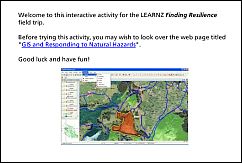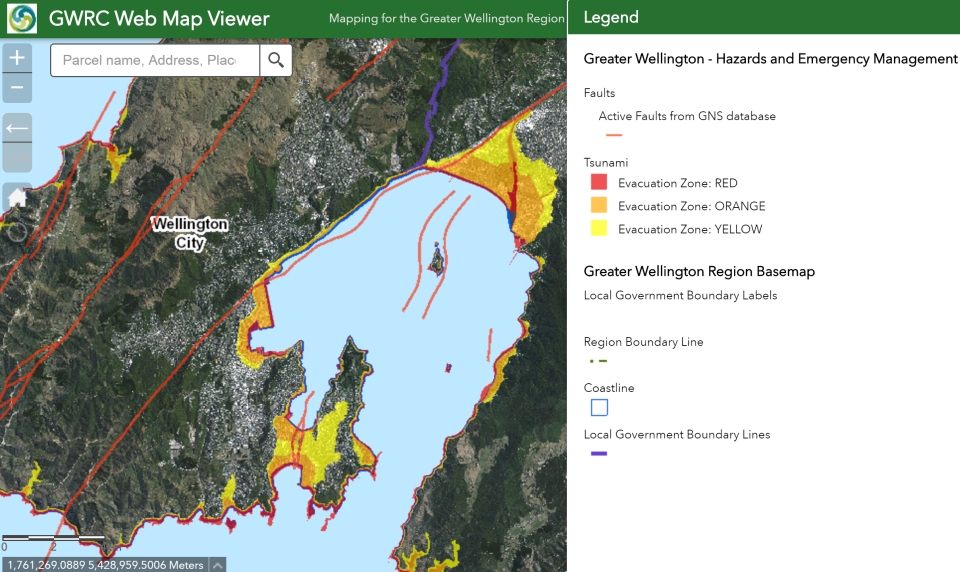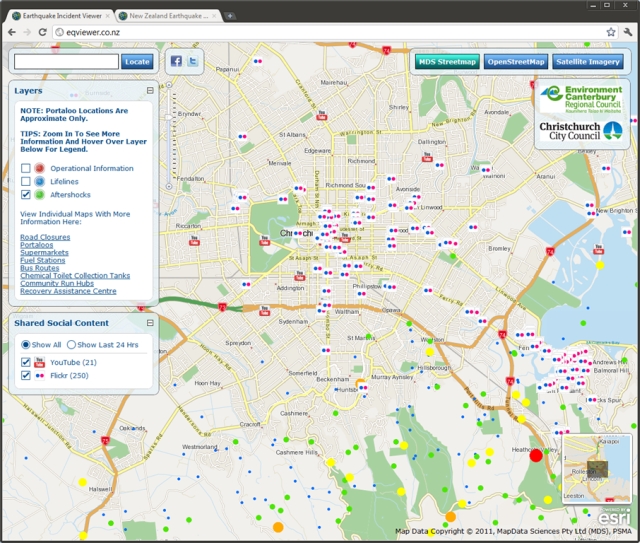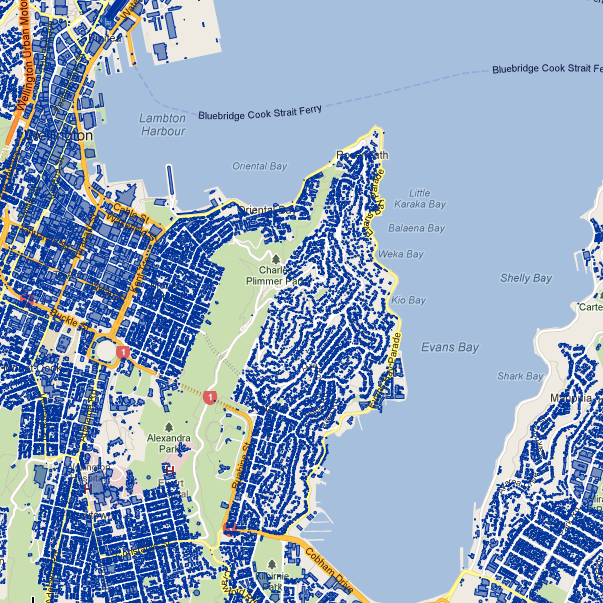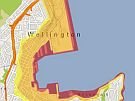Maps have come a long way since people first began drawings to show where they were. Modern maps are created using special software that combines lots of different sorts of information. This system of modern mapping is called GIS – Geographic Information Systems.
GIS is used by many organisations, such as City Councils. GIS allows organisations to;
- access data
- combine different data sets together
- give graphical representations of data.
GIS allows a lot of different information to be shown on one map. Different layers or sets of information can be shown together or separately.
GIS helps people to;
- analyse situations
- write reports
- track changes
- make decisions
- plan for the future, for example which roads are likely to be congested due to road works, closures or special events
- respond to emergencies such as earthquakes by showing where damage has occurred.
GIS requires four things:
- People: people who use GIS are professionals who have been educated to use GIS and have made a career out of working with GIS.
- Data: geospatial information (where things are located) and the details of objects such as services, roads, buildings etc. are collected and entered into the GIS software.
- Software: GIS software analyses data and presents it in different combinations for the user.
- Hardware: includes hand held devices for collecting data and computers with GIS software to display the GIS.
Data contained in a GIS system is stored in sets of data called ‘data sets’ in a database. Data sets can be selected, combined and presented as layers:
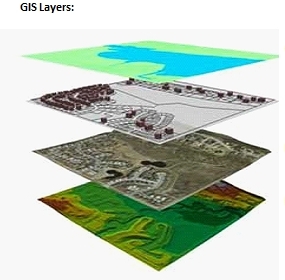
Using GIS to help plan, respond and recover from natural disasters
GIS is helping New Zealand communities to become more resilient to natural hazards. GIS allows different organisations to access and share information. People can gain a large amount of information on specific locations to help them co-ordinate their response and inform the public.
Information on things such as road closures, electricity faults, flooding and water supplies can all be accessed on one digital map and shared quickly. GIS systems were used following the Christchurch and Kaikoura earthquake sequences and as technology develops these systems will become even more powerful and useful in planning for and responding to natural hazards.

